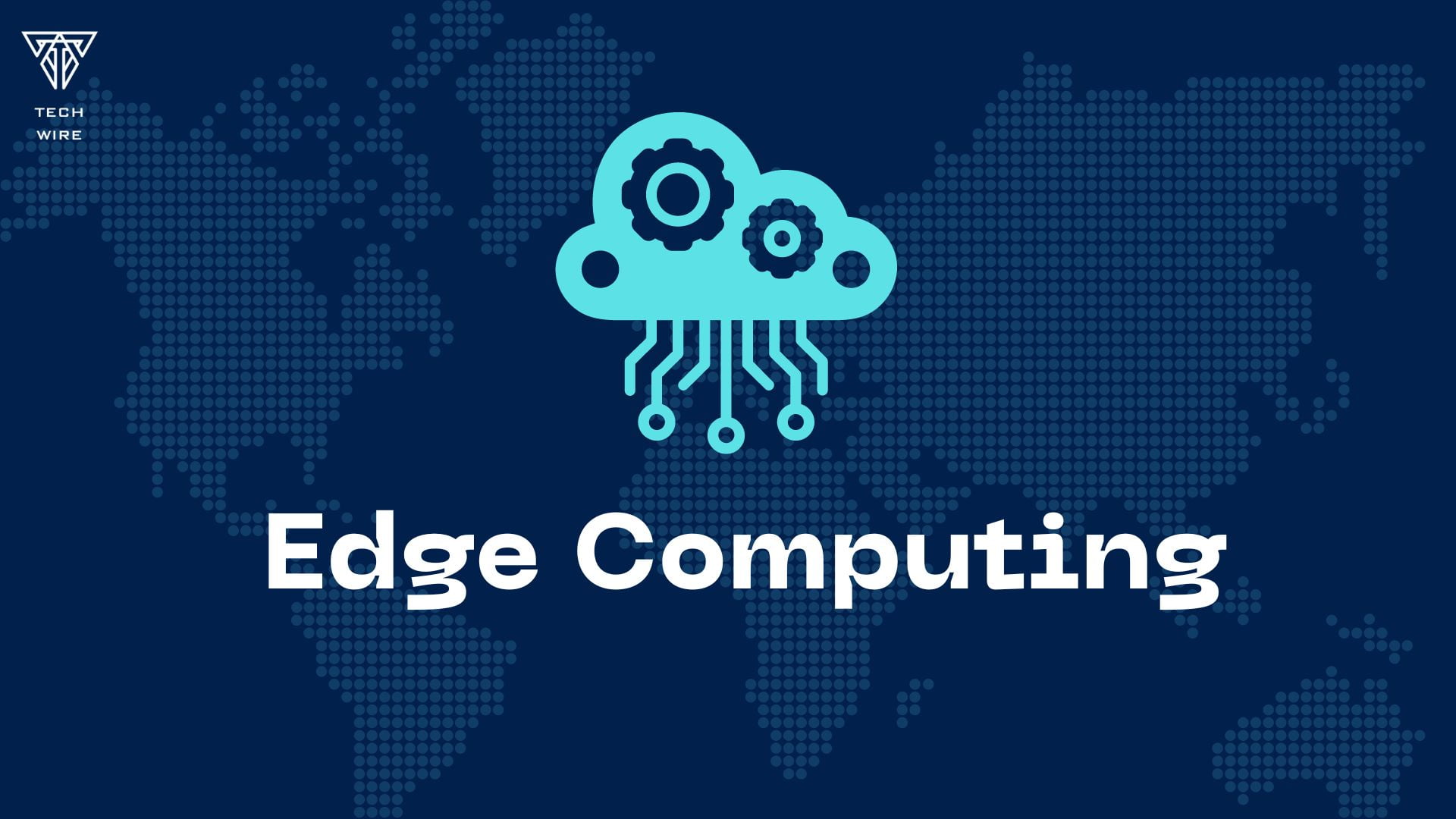Welcome to the future of computing! In a world where data is generated at an unprecedented rate, traditional cloud computing solutions are struggling to keep up. Enter edge computing, the revolutionary technology that brings computing power closer to the source of data generation.
In this comprehensive guide, we will delve into the intricacies of edge computing and explore its immense potential to transform industries across the globe. From enhancing real-time data processing to reducing latency and enabling autonomous devices, edge computing has the power to revolutionize the way we live and work.
Join us as we unravel the complexities of this game-changing technology, uncover its benefits, and examine its challenges. Whether you’re an industry professional eager to stay ahead of the curve or simply curious about the future of computing, this guide is your roadmap to understanding and harnessing the power of edge computing. The future is here, and it’s time to embrace the possibilities that edge computing brings.
1. What is Edge Computing?
Edge computing is a distributed computing paradigm that brings computation and data storage closer to the location where it is needed, which is typically at the edge of the network. This approach reduces latency and bandwidth usage, and enables real-time data processing and analysis.
2. Benefits of Edge Computing
Edge computing offers several benefits, including faster data processing, reduced latency, improved security, and lower bandwidth usage. It also enables real-time decision-making and analysis, which is critical for applications such as autonomous vehicles, industrial automation, and smart cities.
3. Edge Computing vs. Cloud Computing
Edge computing is often compared to cloud computing, but they are not the same. Cloud computing involves centralizing computing and data storage in remote data centers, while edge computing distributes computing and data storage across multiple devices and locations.
Edge computing is typically used for applications that require real-time processing and analysis, while cloud computing is used for applications that require large-scale data processing and storage.
4. Edge Computing Use Cases
Edge computing is used in a variety of applications, including autonomous vehicles, industrial automation, smart cities, and healthcare.
In autonomous vehicles, edge computing enables real-time decision-making and analysis, which is critical for safety.
In industrial automation, edge computing enables real-time monitoring and control of machines and processes.
In smart cities, edge computing enables real-time monitoring and analysis of traffic, energy usage, and other data.
In healthcare, edge computing enables real-time monitoring and analysis of patient data, which can improve patient outcomes.
5. Edge Computing Challenges
Edge computing also presents several challenges, including security, scalability, and interoperability. Security is a major concern because edge devices are often located in remote and unsecured locations.
Scalability is also a challenge because edge devices are typically limited in processing power and storage capacity. Interoperability is another challenge because edge devices often use different protocols and standards, which can make it difficult to integrate them into a cohesive system.
6. Edge Computing Future
Edge computing is expected to grow significantly in the coming years, driven by the increasing demand for real-time data processing and analysis.
According to a report by MarketsandMarkets, the edge computing market is expected to grow from $3.6 billion in 2020 to $15.7 billion by 2025, at a CAGR of 34.1%.
The growth of edge computing is also expected to be driven by the increasing adoption of IoT devices, which require real-time data processing and analysis.




